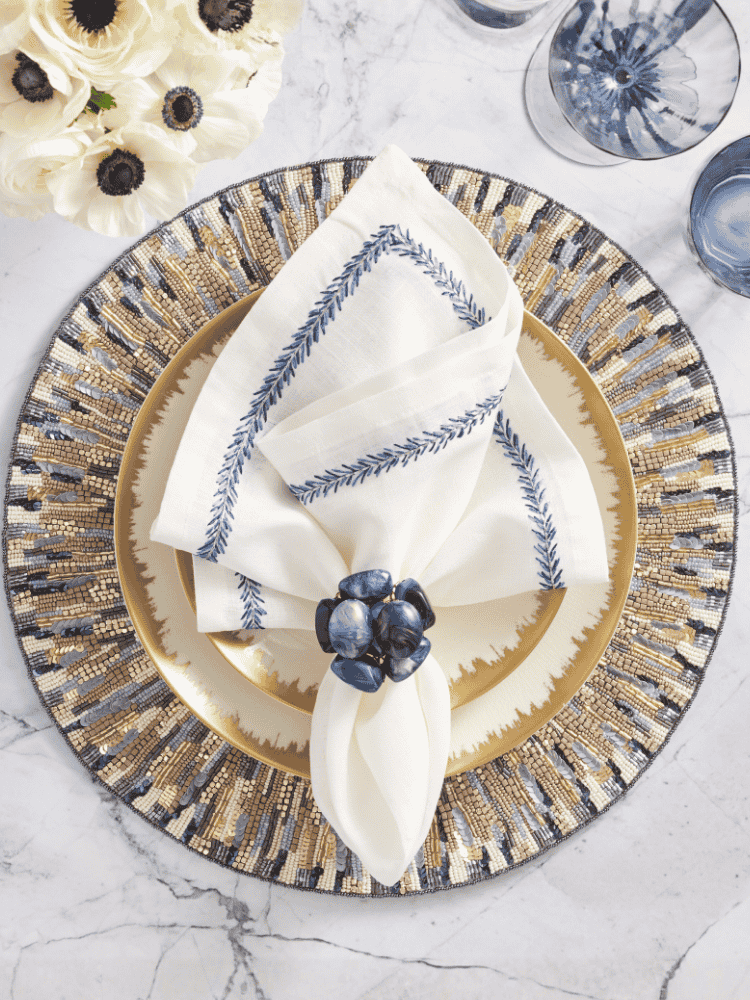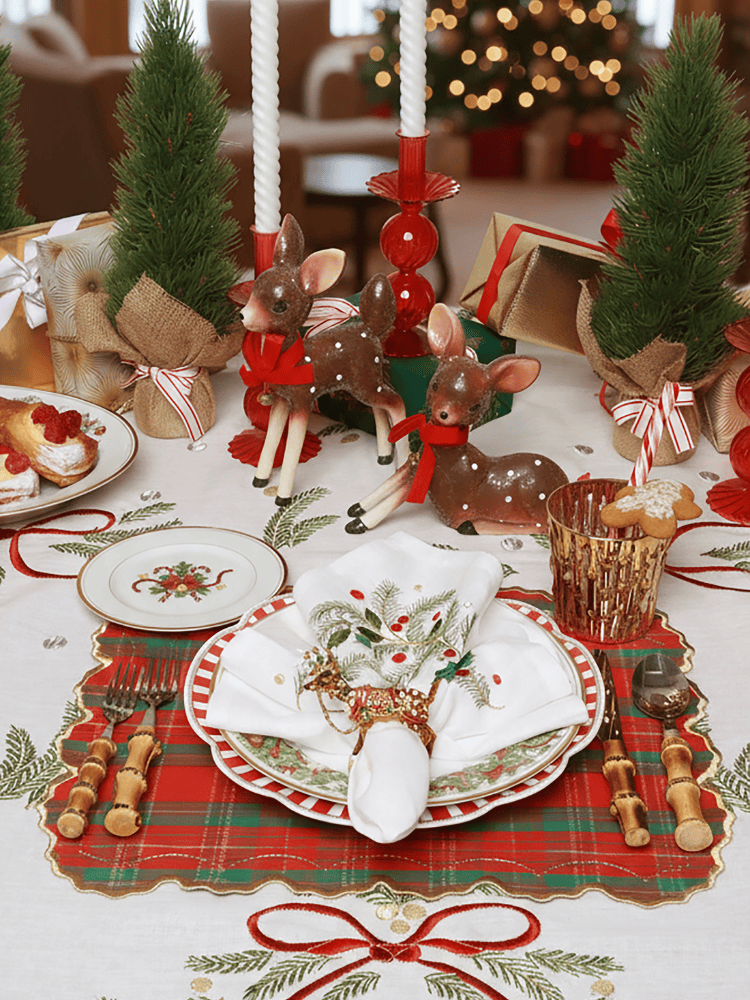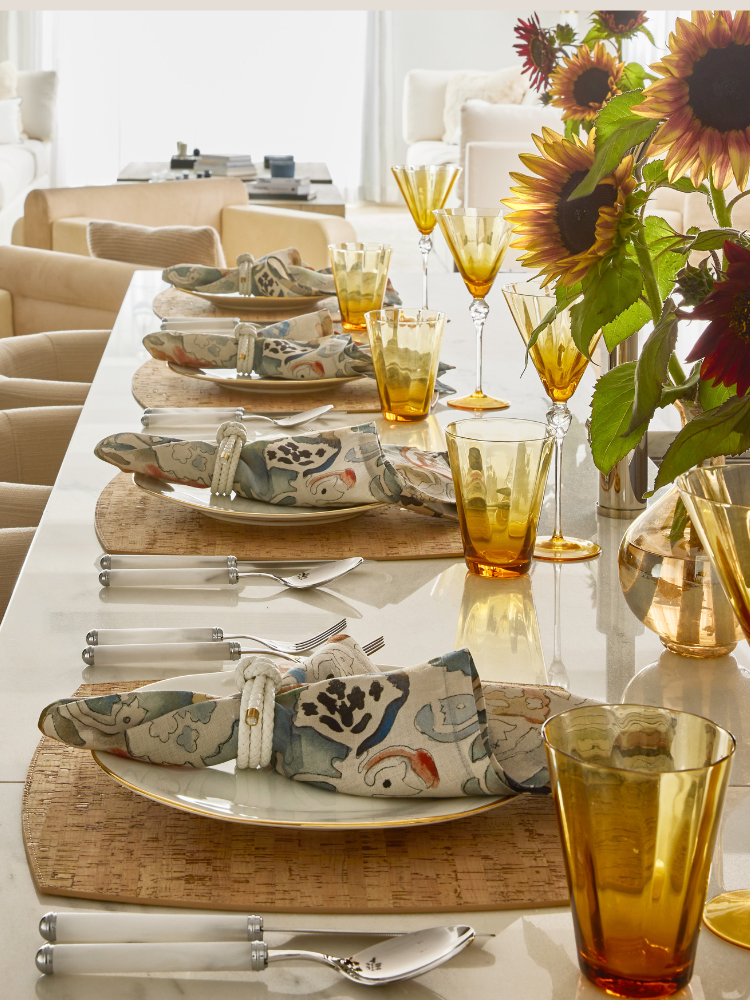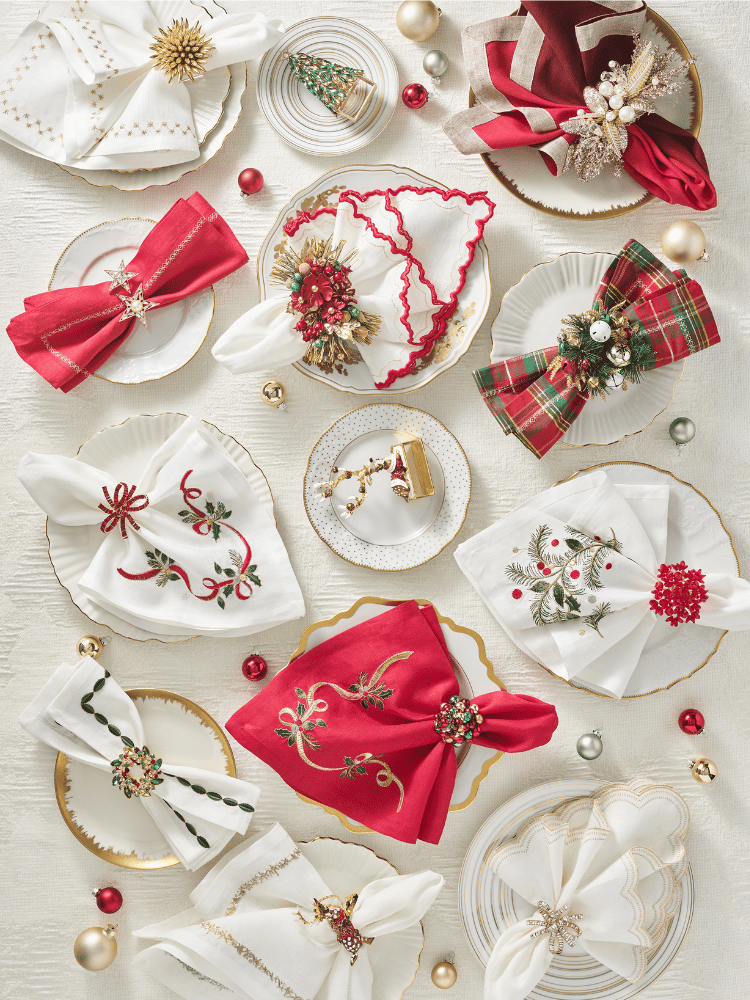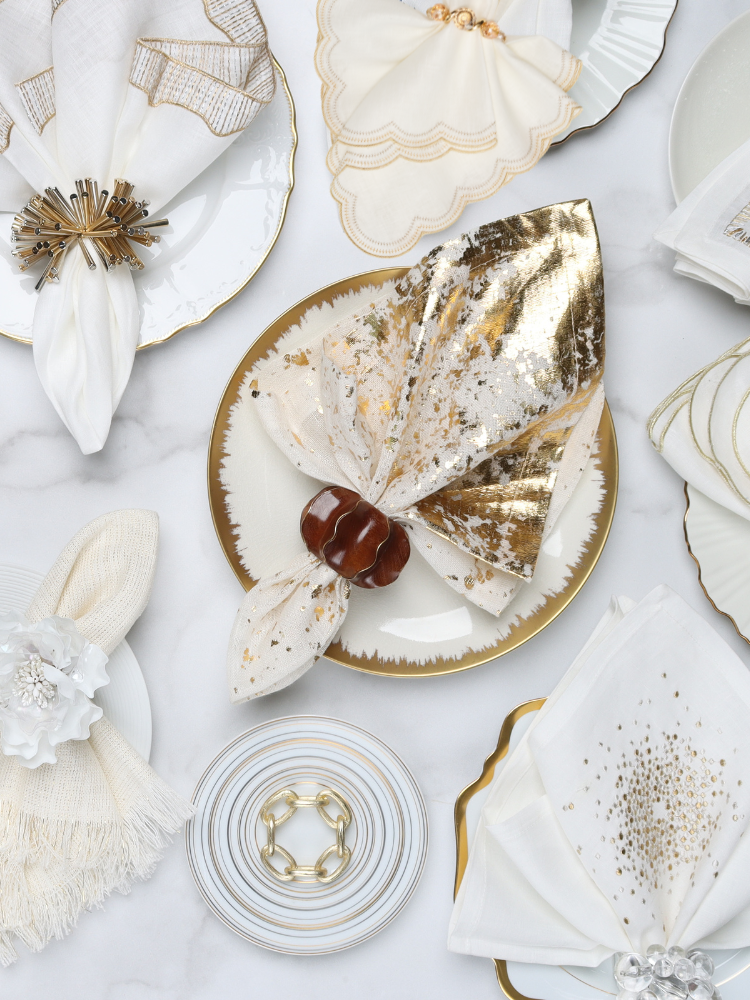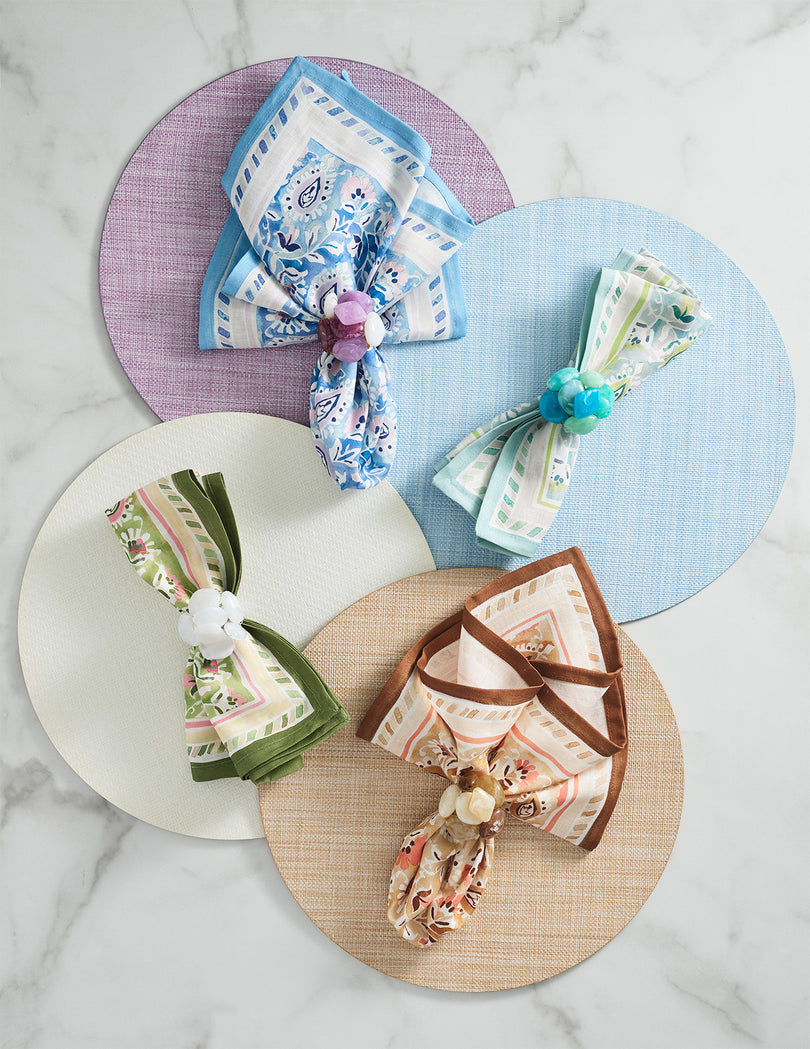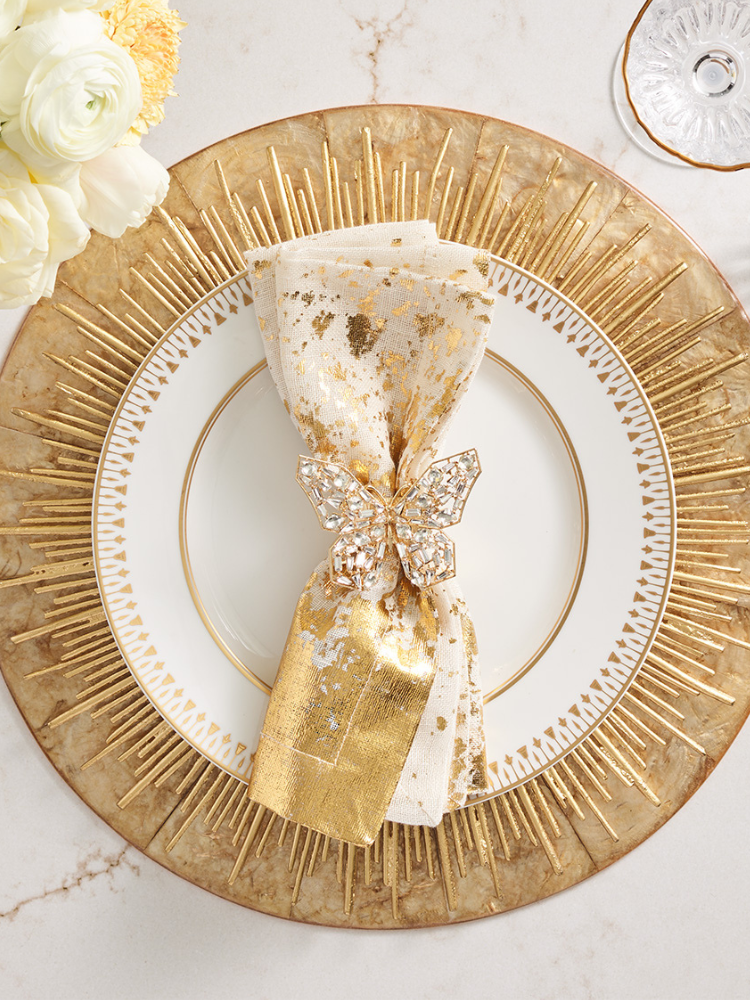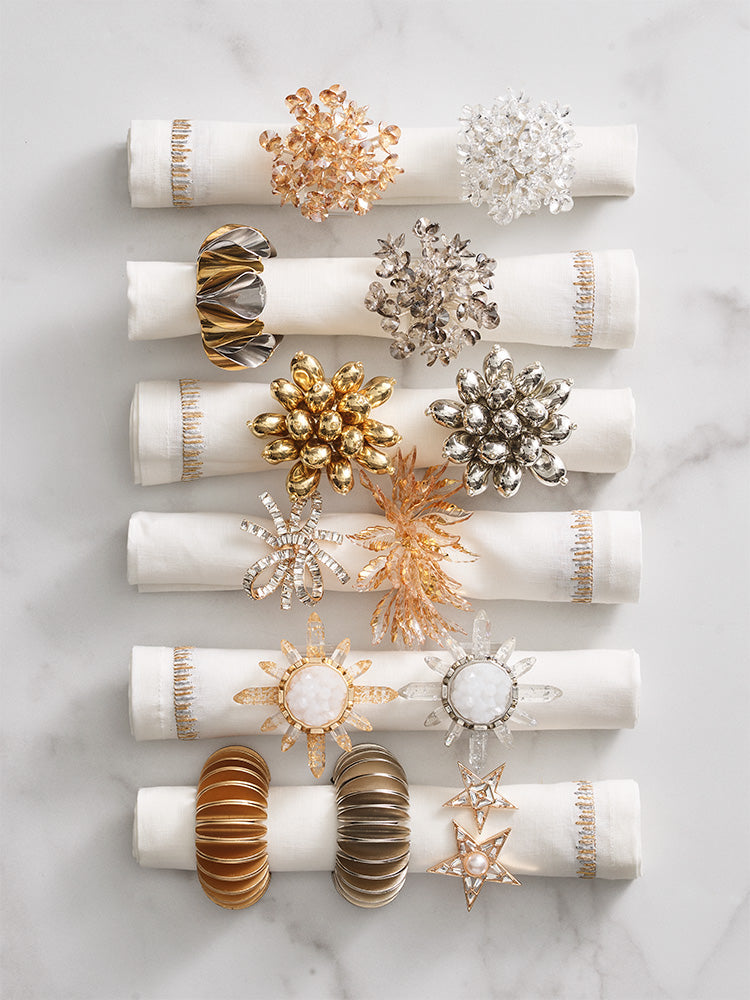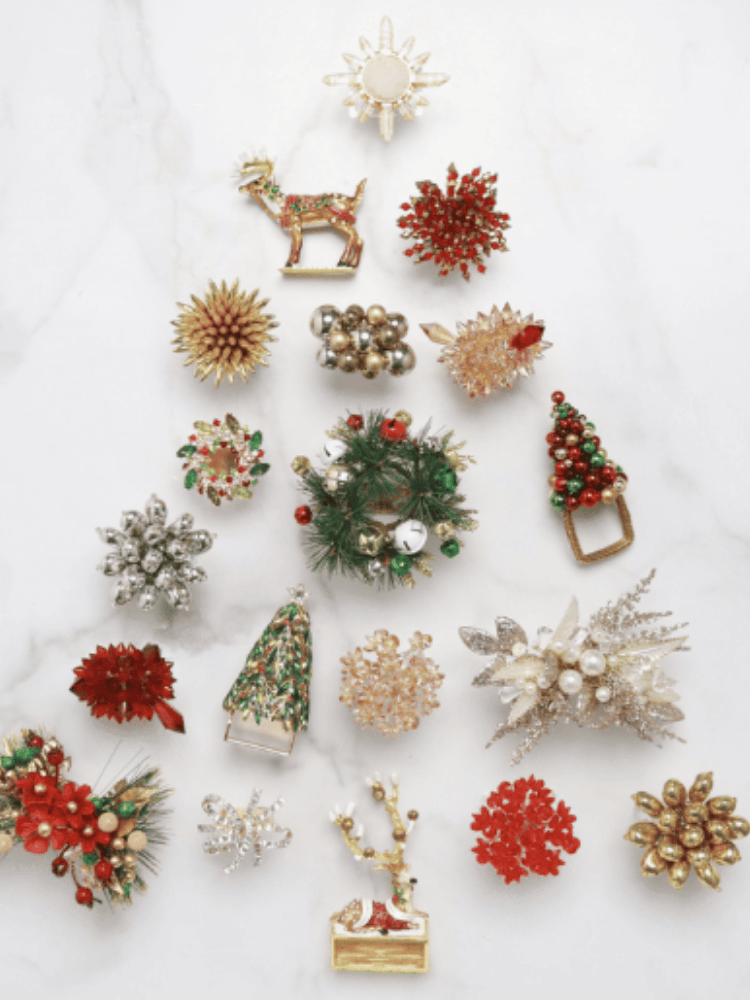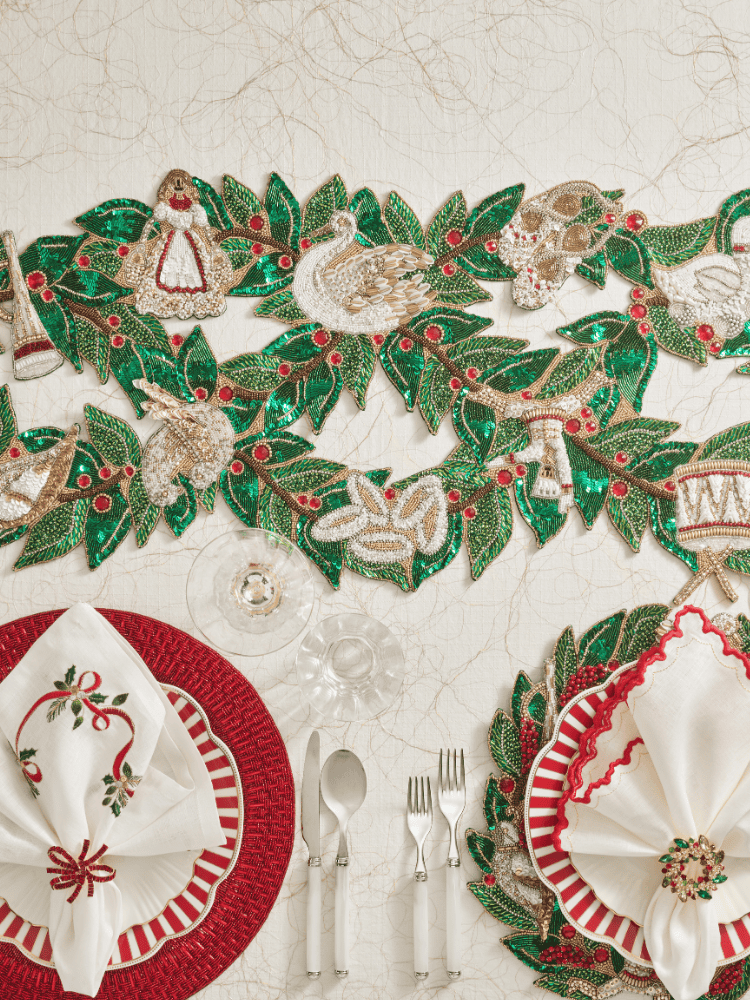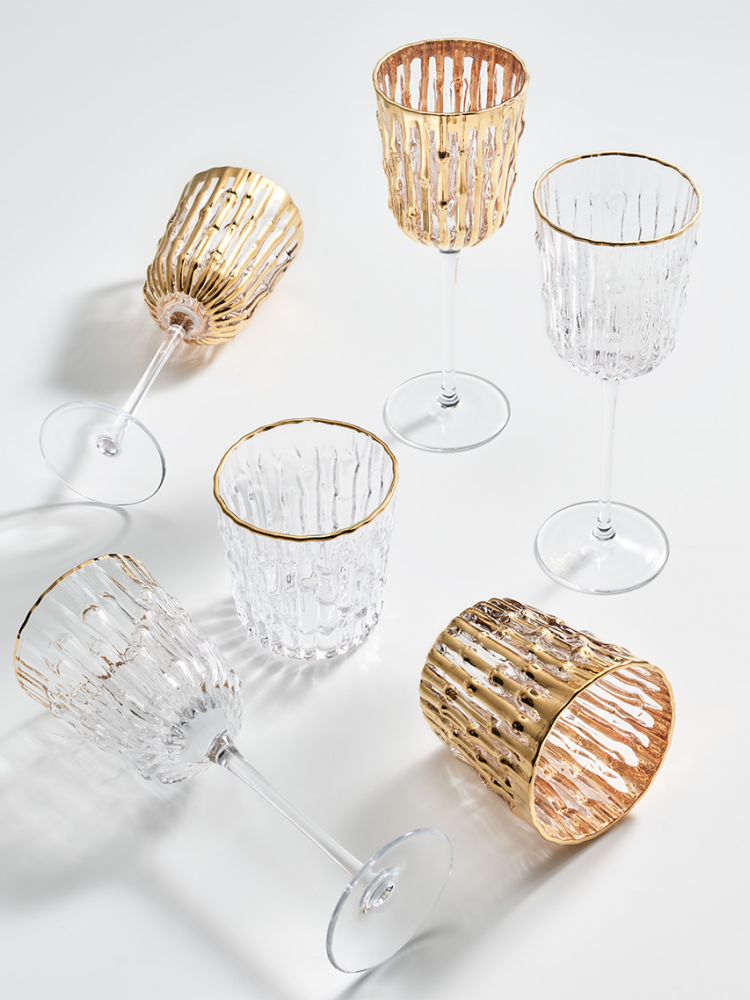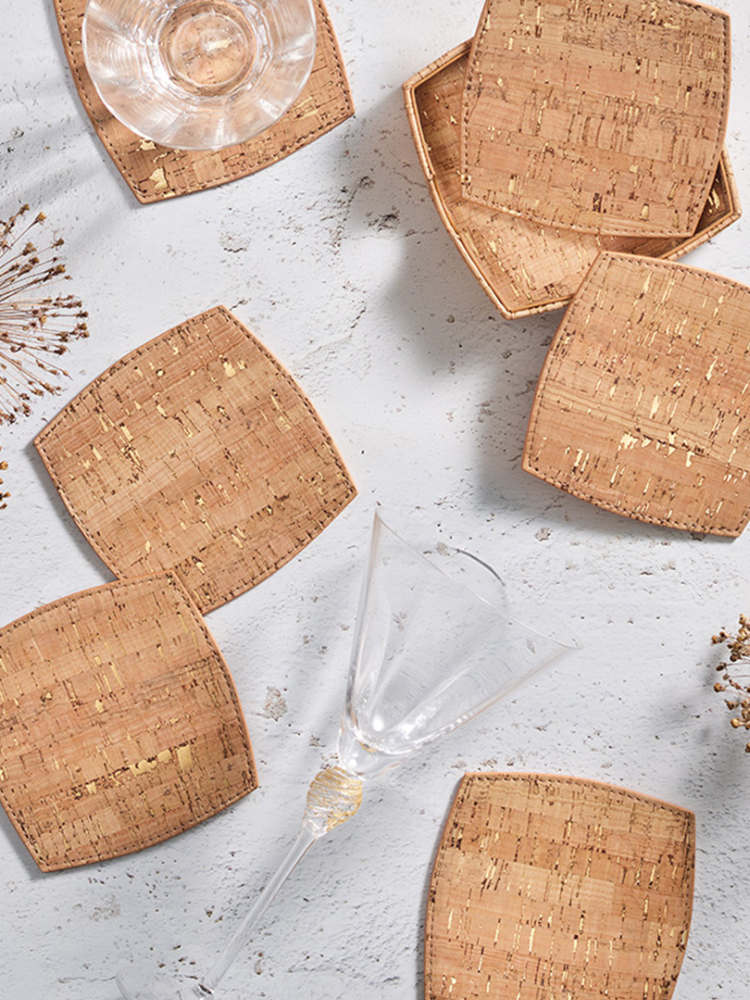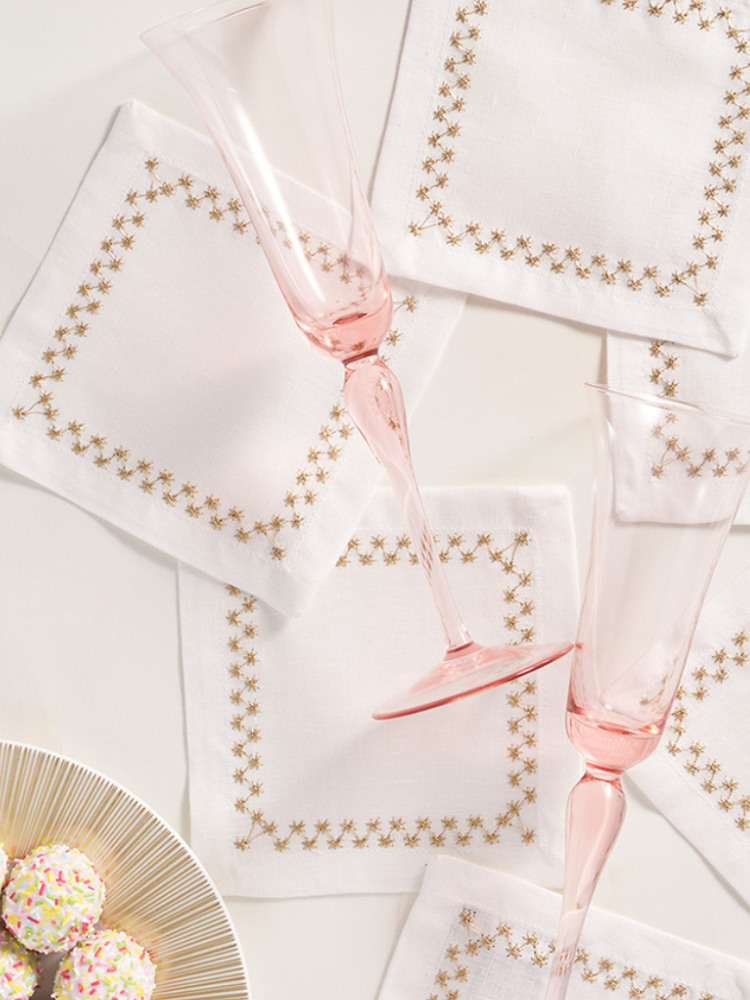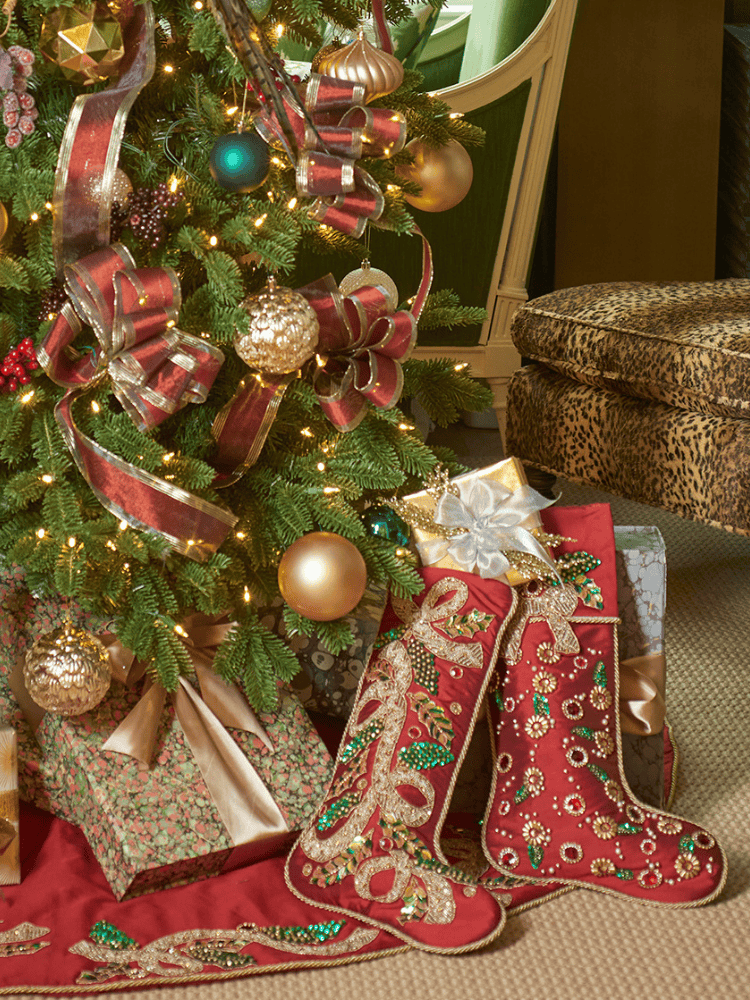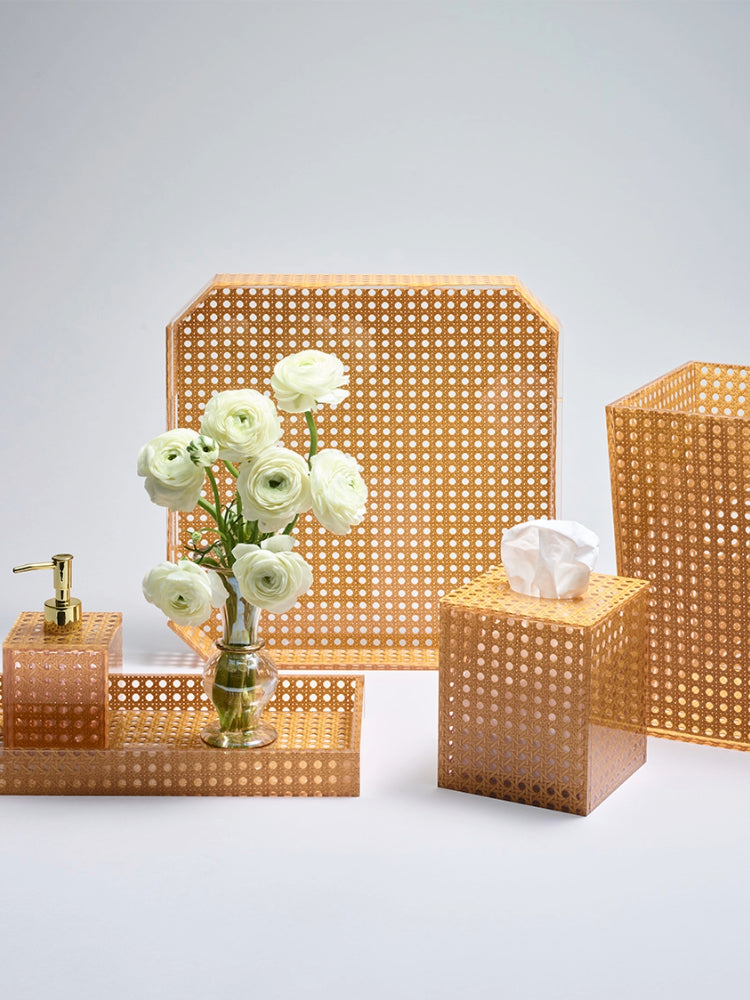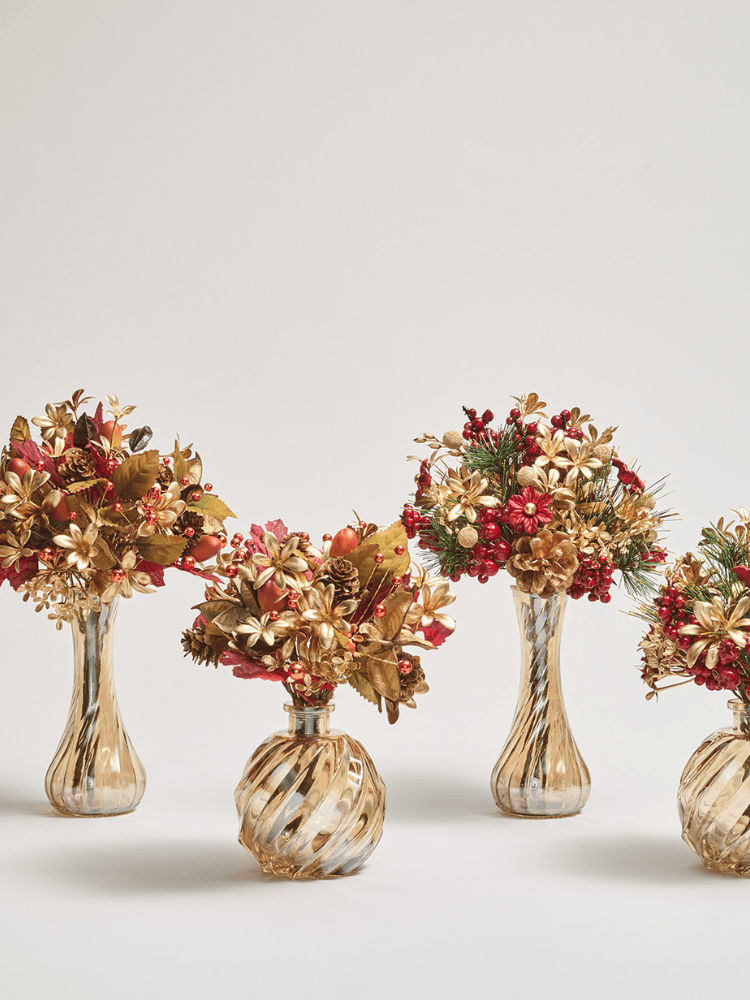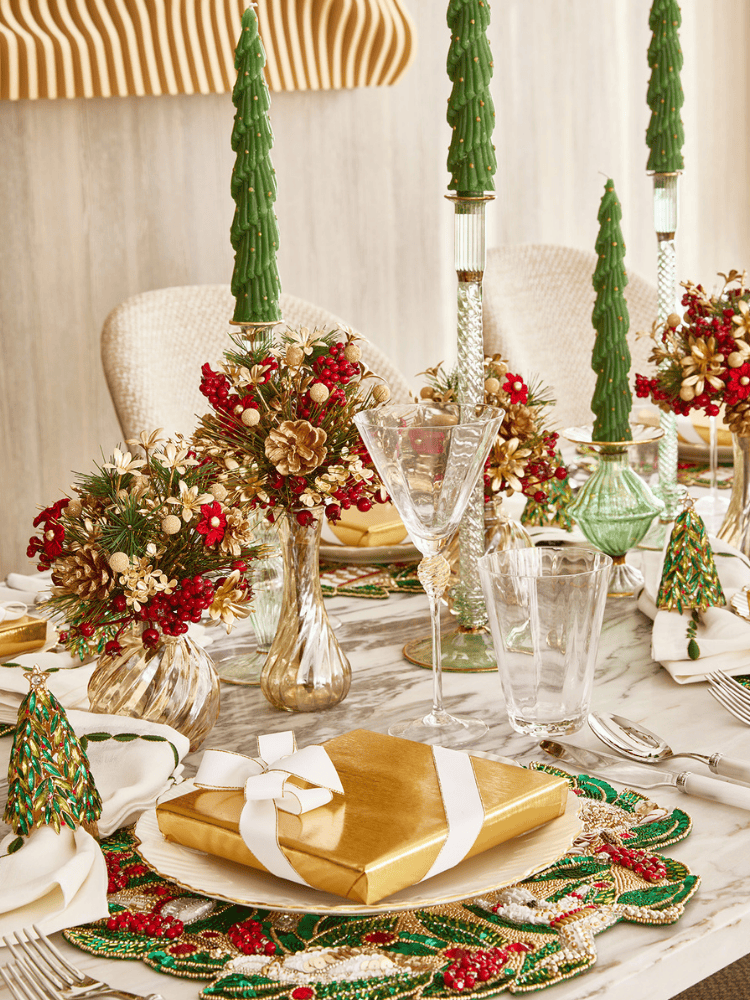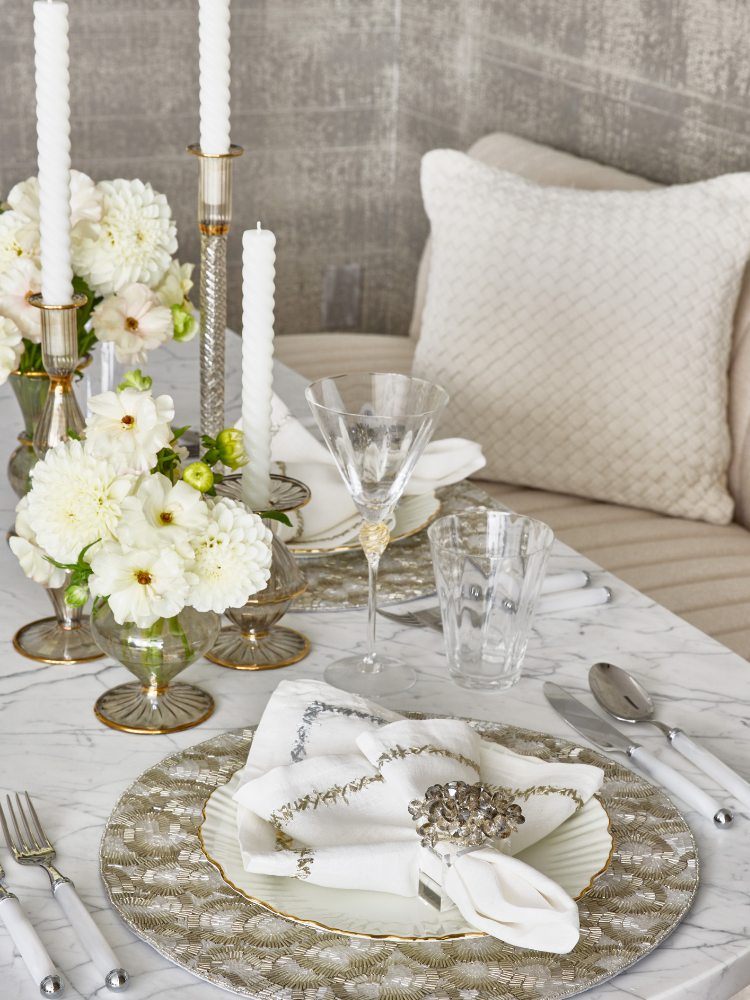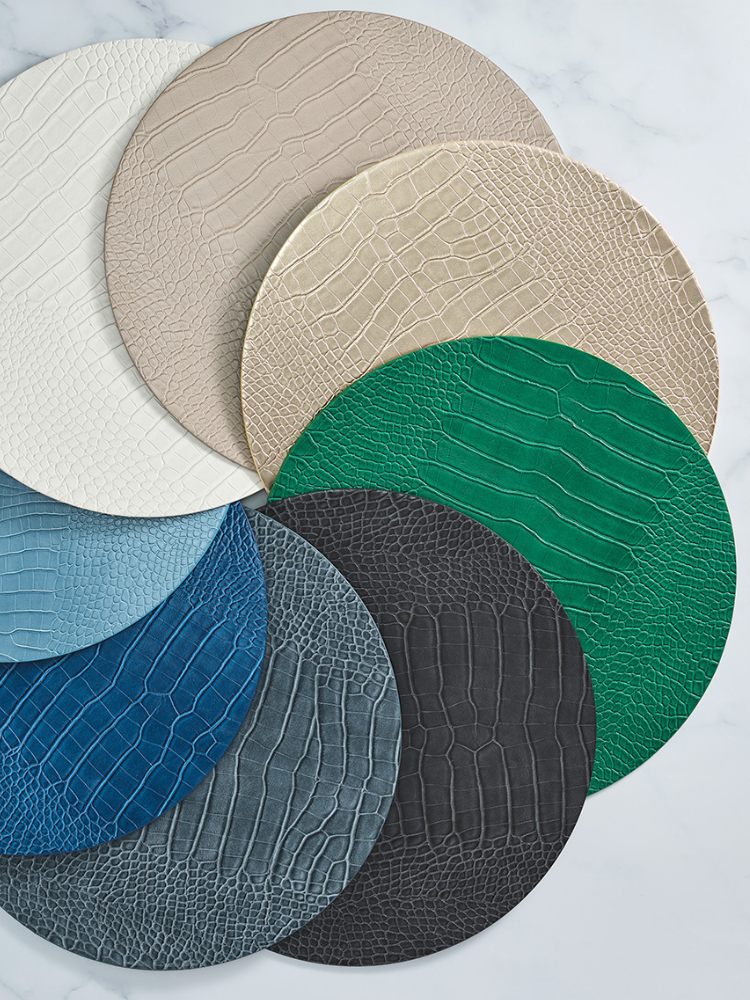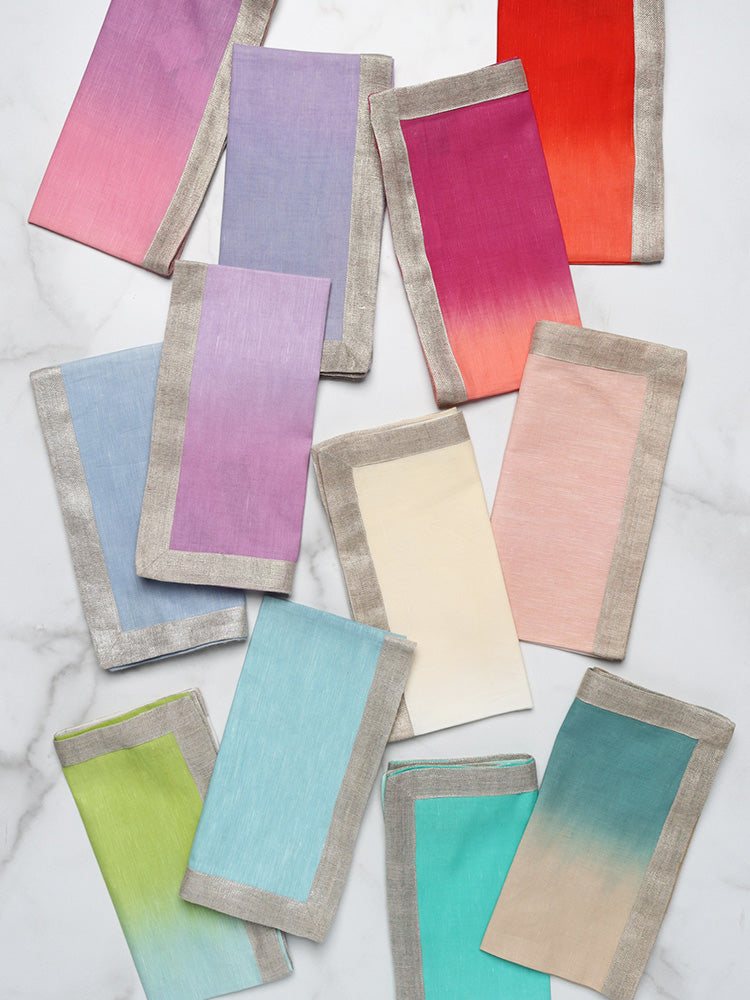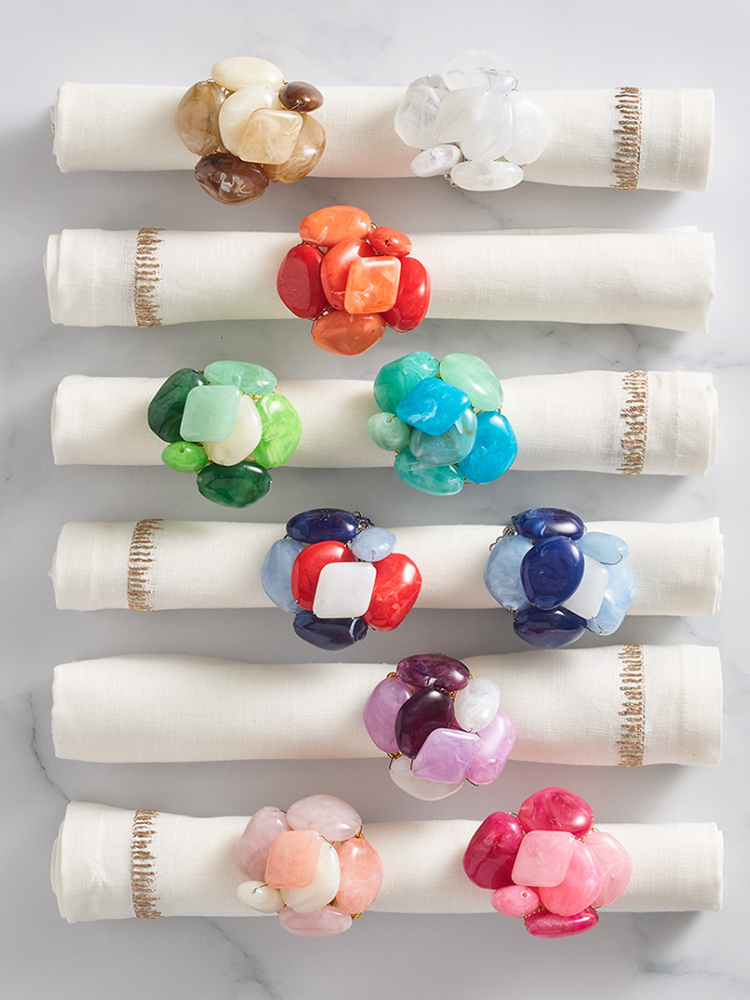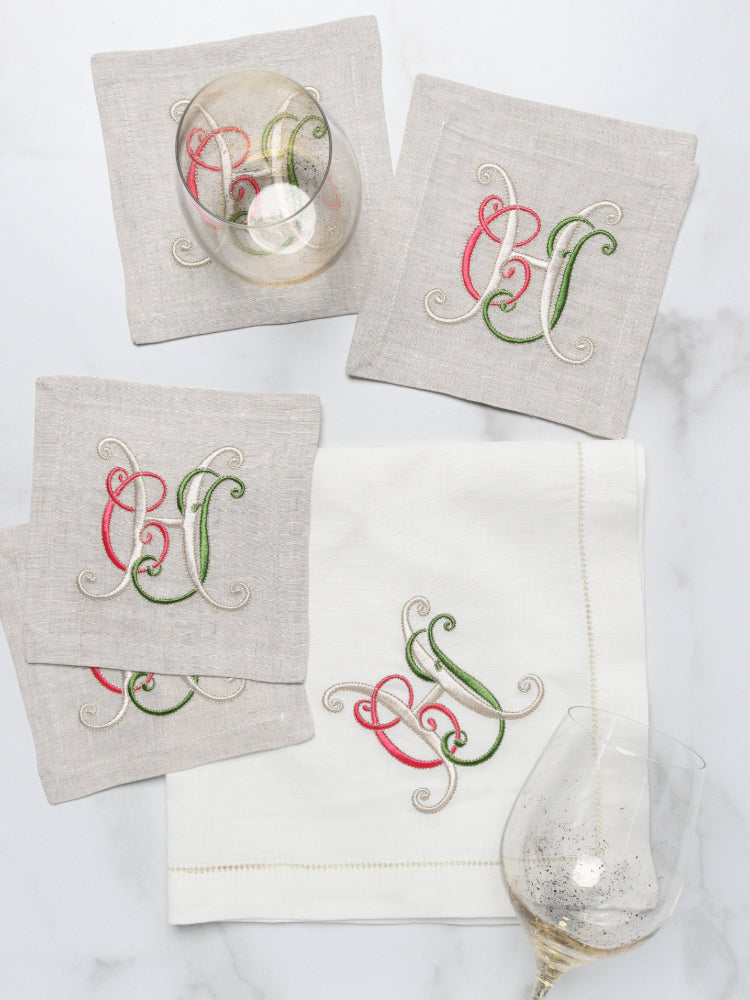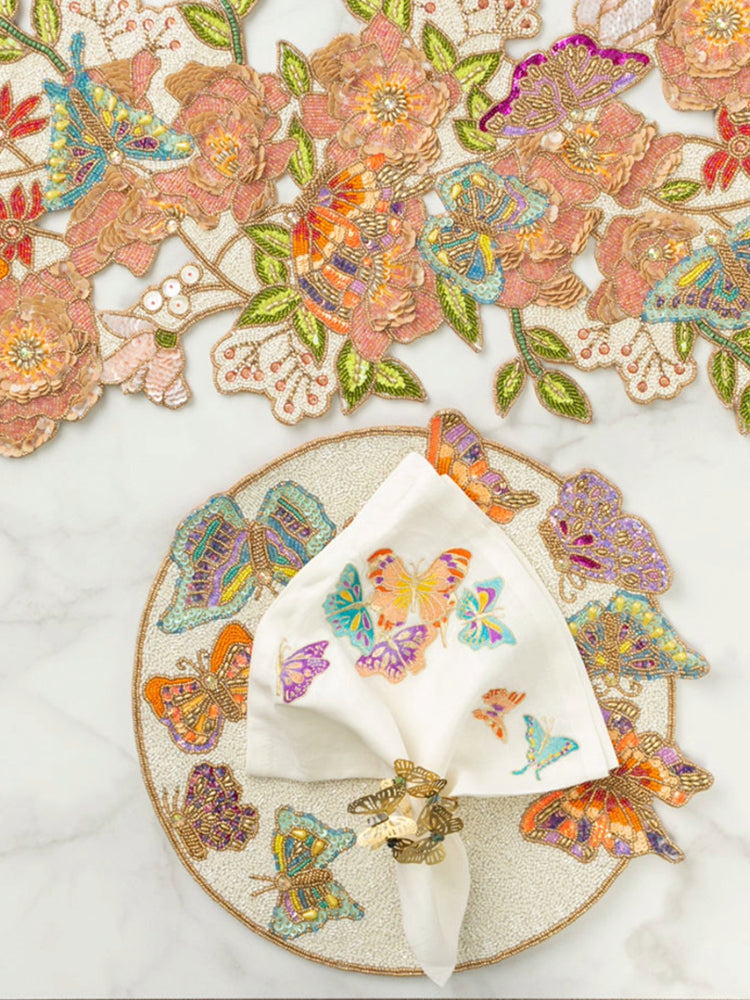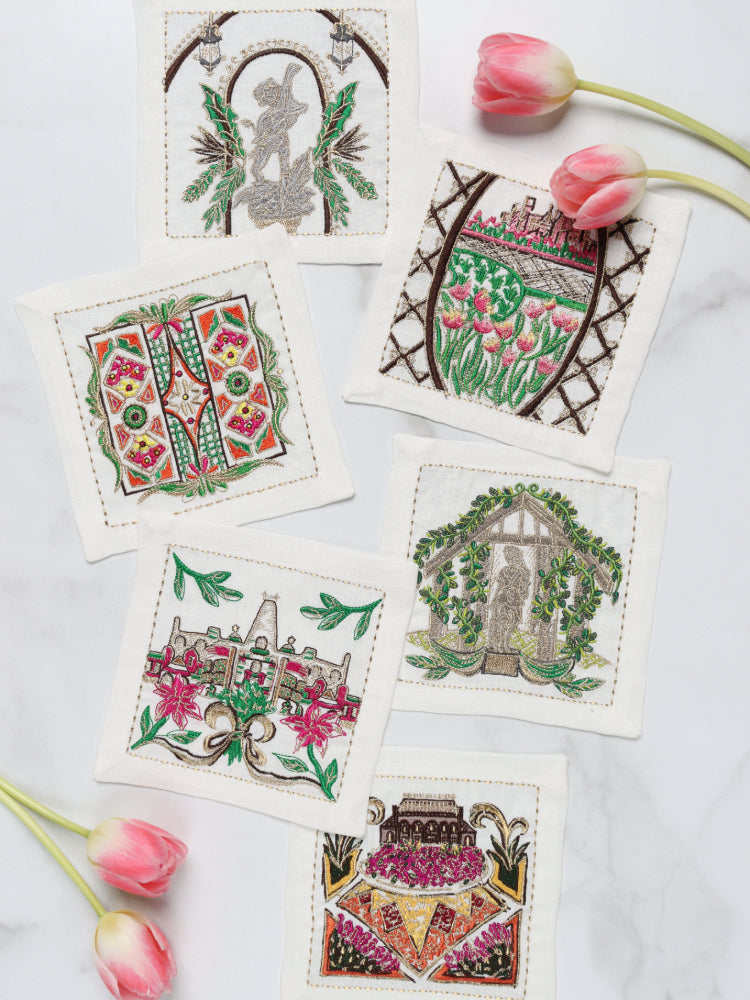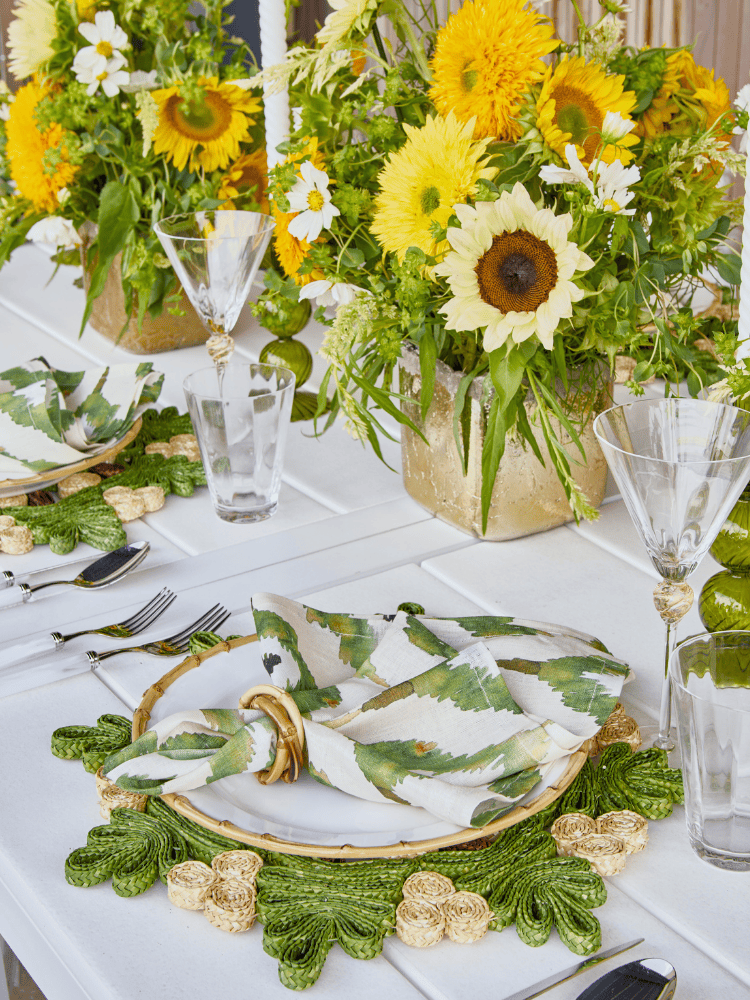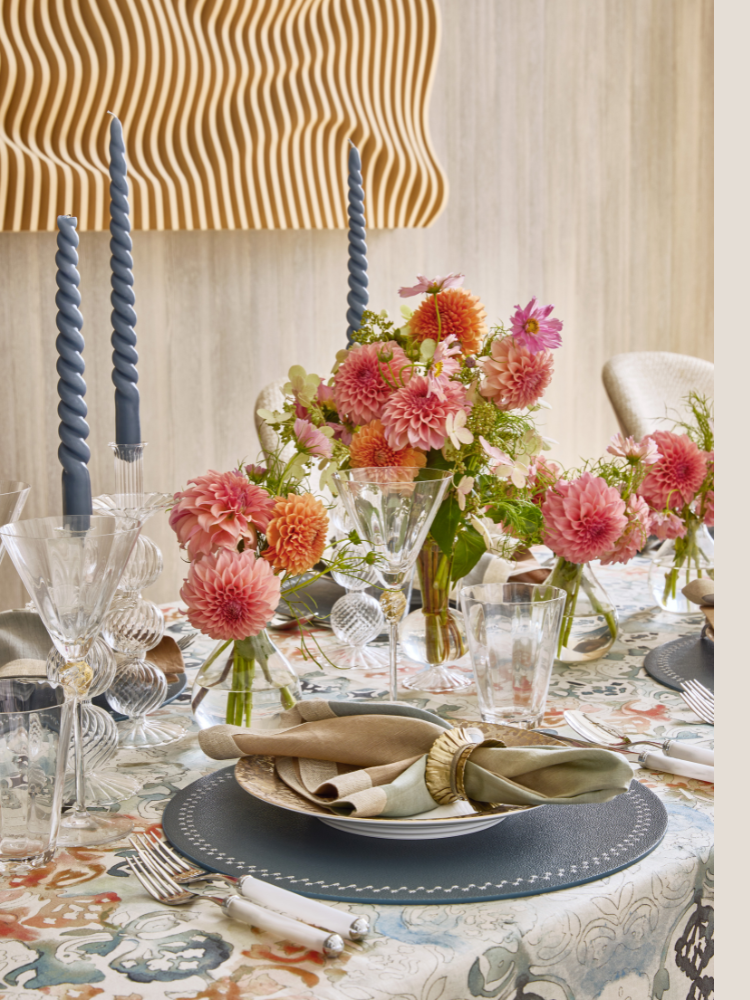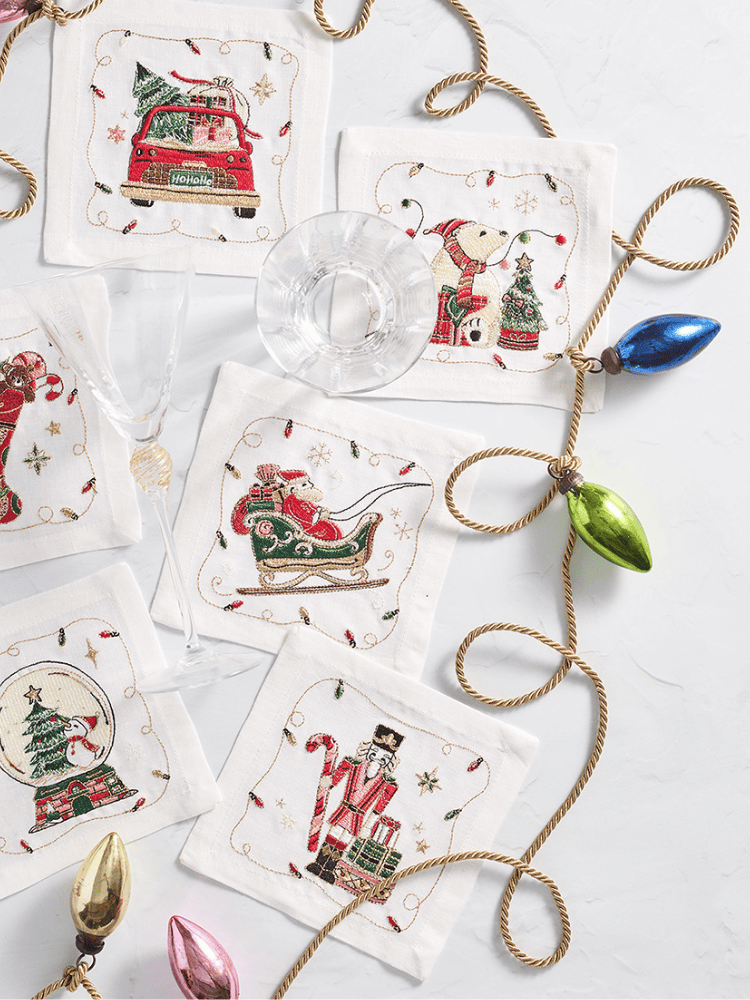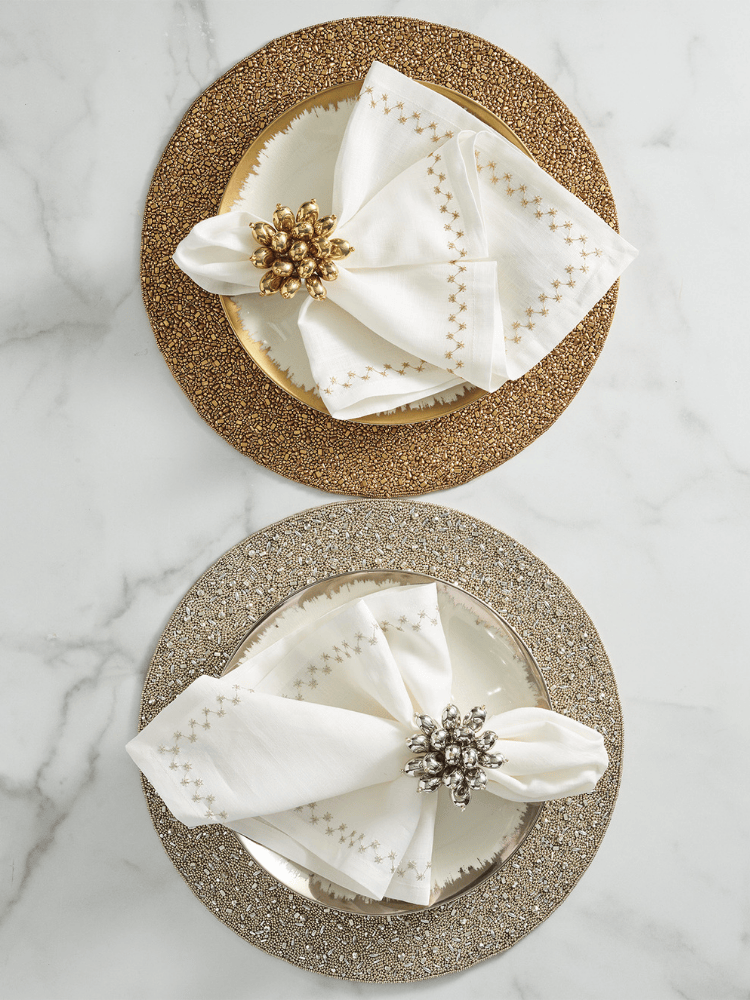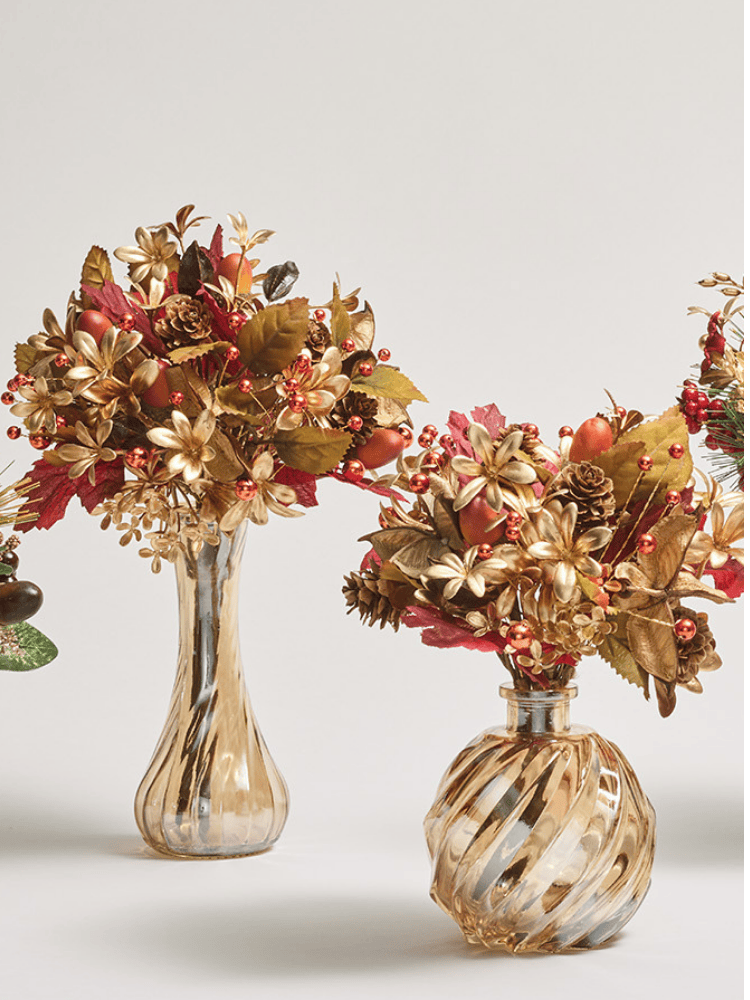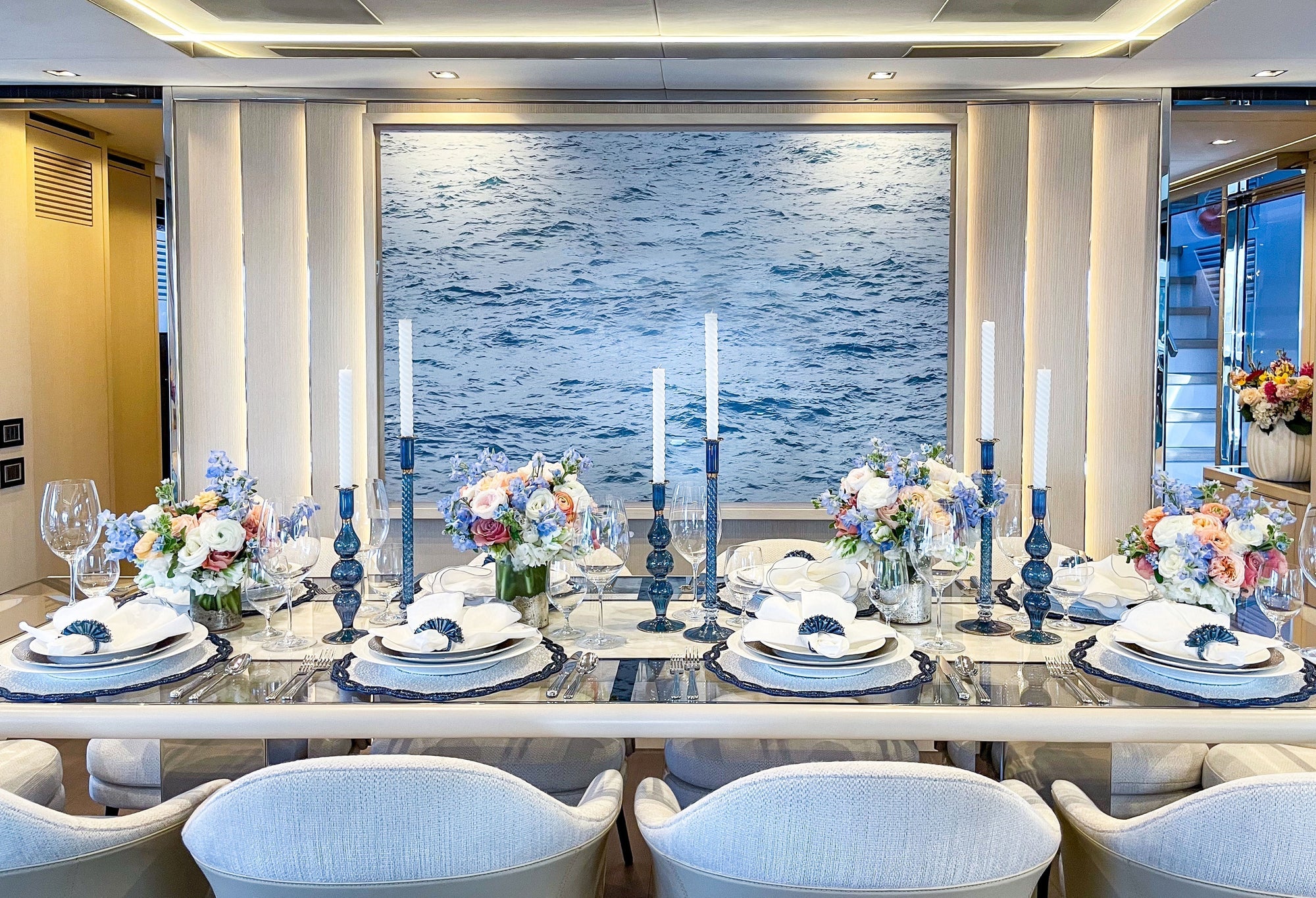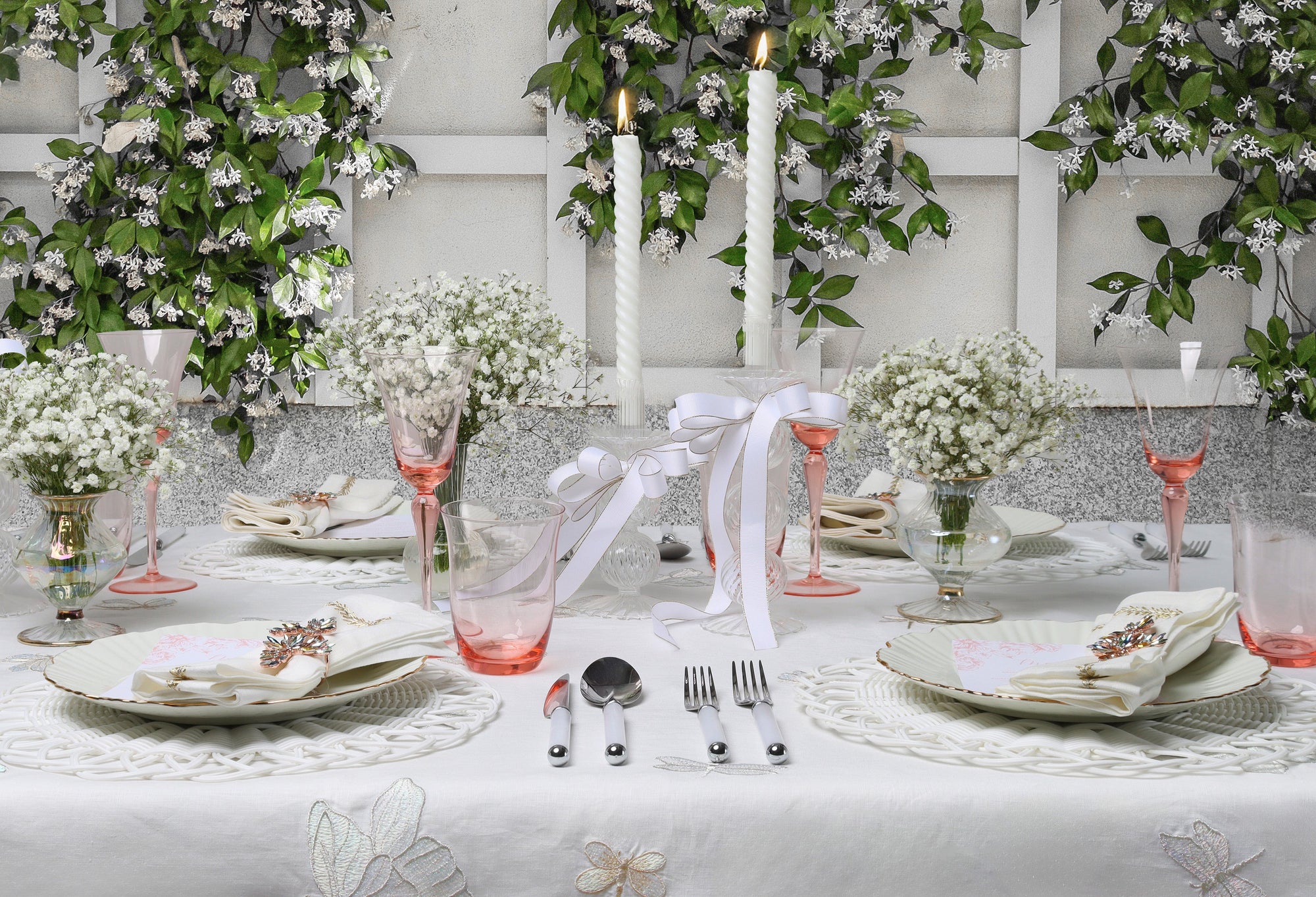Finding the Right Vase for Flowers: Shape, Size, and Style Guide

Gardens may steal the spotlight, but luxury vases for flowers create the landscape that lets beauty fully take root. The right vase brings balance, support, and fresh vitality just like earth itself. Get it wrong, and even the most beautiful bouquet can look off-balance or fade too soon. Too short, and tulips slouch. Too tall, and stems stretch awkwardly, almost straining to find their place.
But the perfect vase for flowers? That’s every designer’s green rule of thumb. Think of the vase as the foundation, and the flower arrangement grows within it. From a single wildflower in a bud vase to a full bouquet spilling from large glass vases, this Kim Seybert designer guide shows how to let art, design, and nature thrive together in every space.
Vase Styles That Work Best for Flowers by Type

The perfect vase for flowers is all about proportion. A reliable guideline is choosing a vase that’s one-third to one-half the height of your stems. Just as plants need the proper outdoor environment to flourish, they also require specific vessels to showcase their silhouette.
Tall Vases for Long-Stemmed Blooms
Roses, lilies, gladiolus, and sunflowers all reach upward like they’re chasing the sun. So, a tall vase keeps them supported and looking elegant. If the opening is wider, use floral tape to help guide the stems to stay standing tall.
Wide-Mouth Vases for Full Arrangements
Think of wide-mouth vases like a meandering miniature meadow. Extra space lets each stem breathe and spread out. Ideal for mixed seasonal bouquets, these shapes make chic modern centerpiece vases for casual dinners or celebratory tables.
Bud Vases for Single Stems
A single daisy, peony, or wildflower in a bud vase can feel whimsical, as if just plucked from the garden. Add a few on a nightstand, powder room shelf, or small table to create multiple charming moments.
Glass Vases for a Classic View
Glass vases are timeless and adapt to many flowers and interior styles. Whether your choose clear or colorful glass, the transparency showcases stems in the water and keeps arrangements looking fresh.
Choosing a Vase Based on Flower Volume and Stem Thickness

Not every vase is suited to each type of flower. Some blossoms are light and airy, while others are bolder and heavier. A thoughtfully selected vessel accounts for the flower's volume and stem strength to deliver that designer-worthy arrangement.
Compact Blooms
Delicate flowers work well in narrow-neck vases. A few key examples include pansies, anemones, and ranunculus. A smaller opening also collects slender stems in a clean, tailored silhouette.
Full, Lush Arrangements
Hydrangeas, peonies, and dahlias need space. A wider, weighty vase lets those abundant arrangements spread out and breathe.
Strong Stems & Branches
Amaryllis, protea, and flowering branches make a statement, but they are also heavy. Tall cylinder vases with solid bases look chic and grounded rather than wobbling out of proportion.
Tricks for Trickier Stems
Are those flower stems still looking unruly? Trim at a 45° angle so they drink water better and fall into place. For the most stubborn ones, use a floral frog or pin holder for a secure, sophisticated design.
How to Style a Vase With Flowers at Home

Arranging a vase for flowers is a combination of intuition and inspiration. With a relaxed, yet elegant approach, the flower vase can shift the mood of a room in seconds.
Where to Place a Vase of Flowers for Instant Impact
A tall vase in the entryway greets guests with a sense of presence. On shelves or mantels, vary the height of vases to add movement.
Scallop Bud VaseTrumpet Bud VaseTess Bud Vasecandleholders
Matching Colors and Finishes
Think about how flower tones interact with the vase. Hydrangeas glow in vibrant blue vases for a refined ripple effect. Paired with lacquer, mirrored, or beaded finishes, orchids bring a bit of modern glamour.
Balancing Vases Across Rooms
Treat vases as accents to your home decor. Mix shapes and heights so the look feels curated rather than matched. A colorful glass bud vase softens a bedside, while a wide ceramic urn grounds a dining table. Together, they create balance without too much repetition.
The 3-5-8 Vase Rule to Know
Florists often follow the 3-5-8 rule, a design principle tracing back to the Fibonacci sequence. By using three focal flowers, five stems of greenery, and eight fillers, you create a natural sense of balance and rhythm.
Style Tip: Even the simplest bouquet look upscale with elegant vases. A handful of tulips becomes chic in sweeping cylinder vases or porcelain designs. Kim Seybert's With a dedication to historic craftsmanship, Kim Seybert's collections are a testament to the artistry of glass vases.
Choosing the Right Vase Material for Your Arrangement

Different materials in a vase for flowers shape the look of the arrangement and the aesthetics of the room. Each type has its own style and practical benefits.
Glass Vases
Glass vases are versatile and timeless. Clear glass keeps the focus on stems and water, while smoky or frosted glass can soften the look. Whether it’s famed Czech or Murano craftsmanship, high-end glassware and coordinating vases can brighten or dramatize a space. Ribbed, faceted, etched, or bubble finishes can bring more dynamic twists.
Ceramic Vases
Ceramic vases showcase artistic skill in intricate surface details. Glossy porcelain feels refined, but hand-painted designs add playful patterns. Stoneware with matte or speckled finishes creates a natural, understated appearance. While glazed interior holds water securely and helps flowers last longer, unglazed terracotta and raku glazing offer rustic character.
Metal Vases
Metal vases add extra weight and shimmer. Polished brass, silver, or nickel reflects light with a formality for elegant entertaining. Copper develops a warm patina as it ages. Hammered, brushed, and matte finishes also bring modern textures to the table.
Stone Vases
Stone vases work as both vessels and sculptural accents. Marble is timeless and elegant, with veining that makes each piece unique. Materials like travertine have a lighter texture for a polished stone look that feels sleek and formal. Or, opt for onyx to amplify a bold statement. Consider Kim Seybert's luxury coasters to mix in a few style-savvy ways to protect the water condensation at a vase's base in your living space.
Creative DIY Vases for Flowers
You don’t always need a traditional vase for flowers. Everyday objects can be repurposed into charming vessels that feel fresh and personal.
- Mason jars: Perfect for wildflowers, daisies, and baby’s breath. Tie with ribbon or raffia for rustic charm.
- Tin cans or watering cans: Ideal for sunflowers, zinnias, and herbs. Their utilitarian look adds farmhouse appeal.
- Teapots: A playful choice for roses, tulips, or hydrangeas. Patterns and spouts bring instant character.
- Glass bottles: Best for lavender, single stems, or small branches. Clear or colored glass adds a subtle dimension.
- Wine bottles: Upcycle empty bottles into tall vases for lilies or gladiolus. Green and amber glass can highlight the blooms.
- Pitchers: Ceramic or enamel pitchers make easy stand-ins for casual arrangements in kitchens or dining rooms.
Common Mistakes to Avoid When Pairing Flowers and Vases

Even the most stunning bouquet can flop with an off-base vase. Here are a few of those easy missteps to watch for:
- Overstuffing narrow vases: Think about sardines in a jar. Flowers need breathing room to open and feel alive.
- Ignoring flower height: Long stems like tulips or lilies look awkward in short vases, but small blooms will vanish in tall ones.
- Using plastic inserts in clear glass: A liner can cheapen the look. Part of the appeal of glass vases is seeing clean stems and fresh water.
-
Forgetting scale: A tiny bud vase disappears on a large dining table,. An oversized urn can overwhelm a nightstand. Match the vase to the setting as much as the flowers.
Final Thoughts on Selecting a Vase for Your Flower Arrangements

Just as plants flourish in that perfect corner of a garden, your flowers will shine even more when paired with luxury vases for flowers and the right conditions to keep flowers alive longer. Consider high-quality materials, the best vase shapes, and ideal sizes.
Building a mix of flower arrangements and vases can also be like mapping out your garden. Looking for an easy place to begin? Style your entryway or opt in for a round or globe-shaped vase, which is one of the most versatile choices for everyday bouquets and centerpieces on the dining table. Of course, a single stem in a bud vase sometimes makes the most striking statement of all.
The best part of investing in luxury vases for flowers is that your collection will continue to grow. Every season and celebration brings more ways to mix and match dinnerware, tablescape trends, and designer floral arrangement ideas. When flowers and vases work in harmony, the whole home feels brighter and blossoms with elegance.

